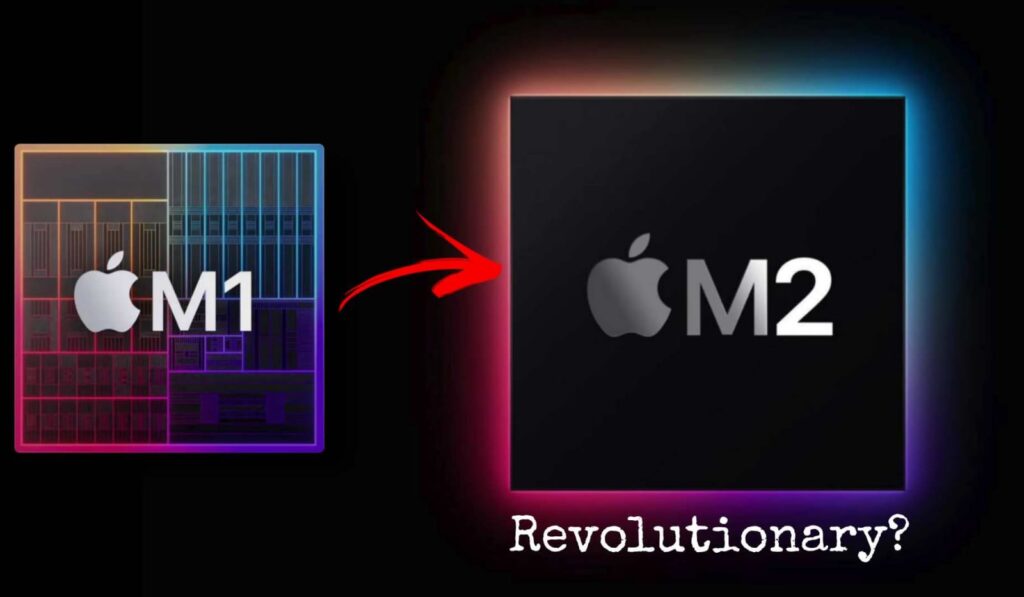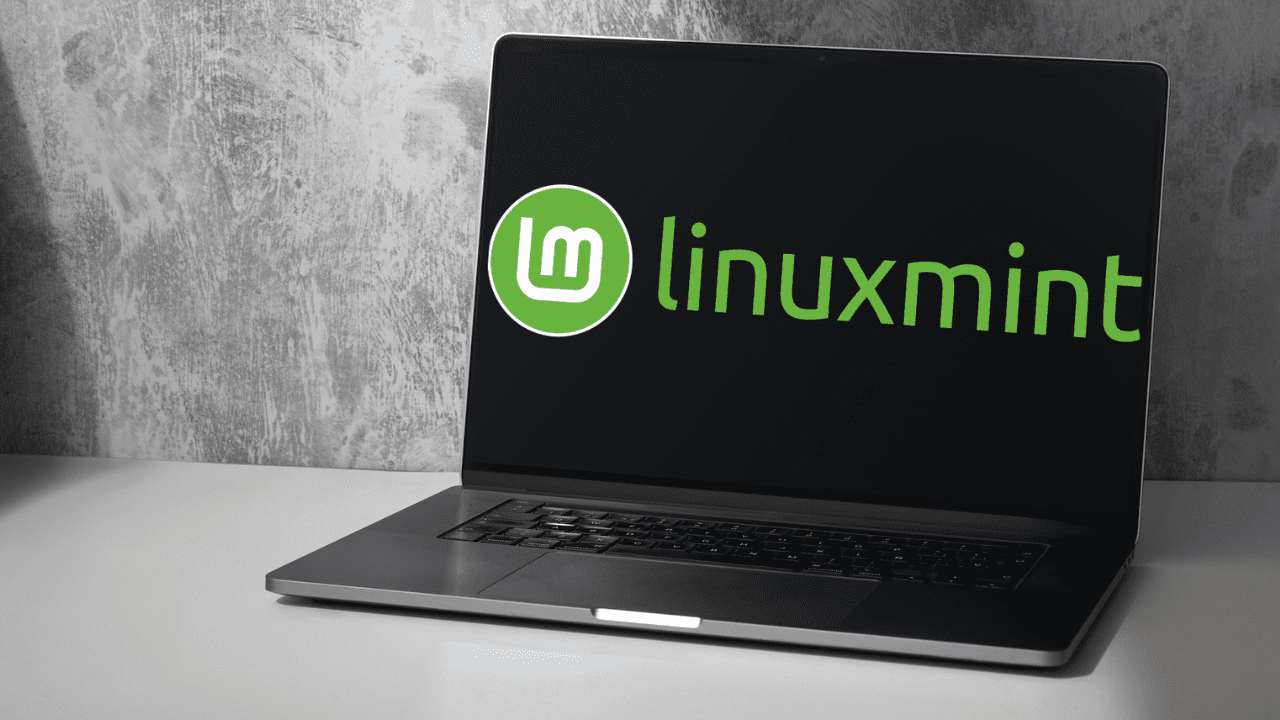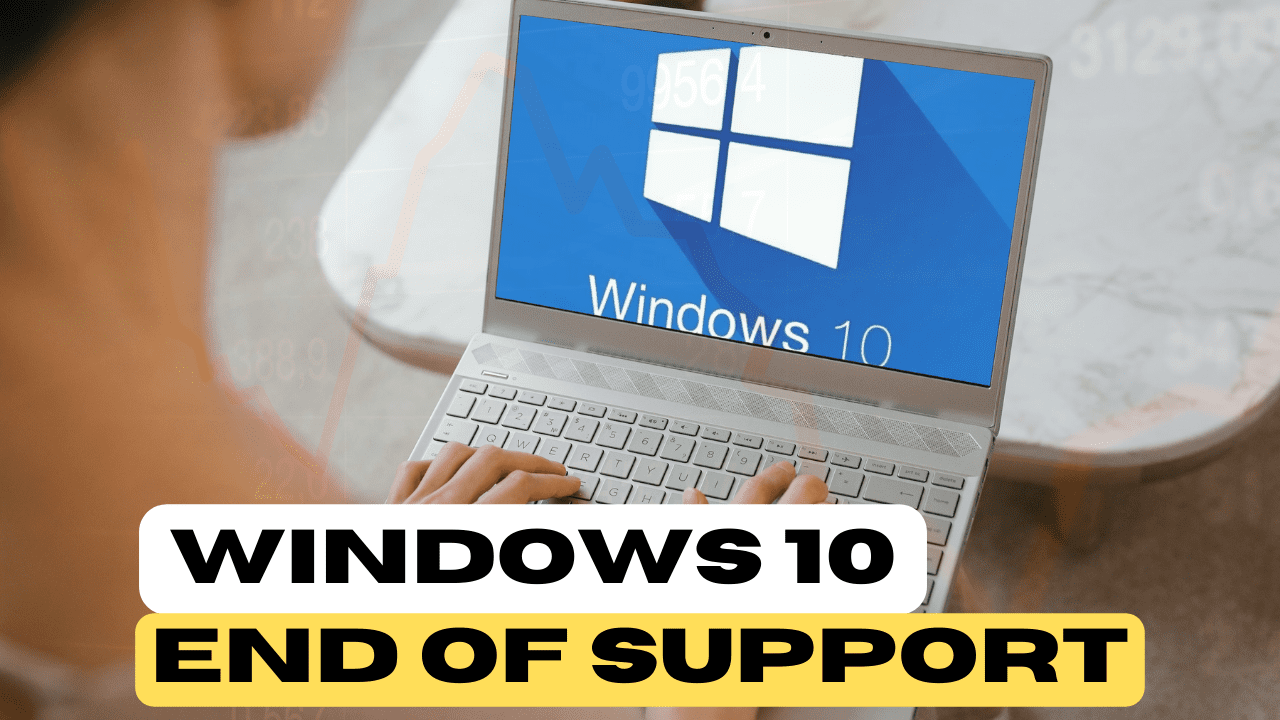Apple M2 Processor is it the revolutionary upgrade to M1 chip or just another processor in the market, lets decode apple m2 chip.

Okay. So, as I’m sure you’re aware, Apple began a transition away from Intel processes in 2020 and toward its own Apple Silicon. And what this essentially implies is that it was taking the same processor found in the iPhone and iPad and improving it. Beefing it up, and pushing it to its limits. So, essentially, the iPhone, iPad, and Mac all utilize the same, um, CPU calls out, which are based on the arm architecture. Rather than the X 86 design, which is found in Intel and AMD processors. So we had the M1, which was the initial iteration. And it was based on Apple’s eight, 14 core processor. But it had more CPU cores and GPU cores since it was in a laptop form factor. Which means it had a larger battery and better cooling.
Table of Contents
Apple M2 Processor
Then, as time went on, we got progressively better enhancements. They began to put these chips together in a haphazard manner. So you get more and more GPU calls until you reach the limit, at which point you have some really large hefty multi-core multi-GPU cores set up all over the place in laptops and minis and so on. And I’ve had videos on my channel covering all of those chips. If you want to catch up on any of the specifics now. While all of this was going on, Apple also introduced the, which was the current iteration of iPhone at the time. The Apple M1, on the other hand, remained to be based on what was in the a 14.
So here we are in 2022, and the Apple M2 has finally arrived, and it seems that the Apple M2 is much the same as the IOS 15 found in the iPhone.
As’s been made into a laptop processor in the same way that the M1 and the eight 14 were. So, what does this imply in practical terms? It implies you’ll need to acquire a CPU increase. You’ll receive a GPU bump and, more crucially, some memory advantage, which we’ll discuss in a minute. So, beginning with the CPU, we have eight CPU cores, exactly as in the four plus four configuration. So, for high performance, high-efficiency we require core. A few of things to notice are that, for a high-performance cause, we are likely to employ the eight 15 cause, as we previously said. As a result of the improved CPU design, you’ll notice an improvement in performance. It’s possible that there are more higher frequencies. This is based on the TSMC five nanometer process. TSMC’s second generation is five nanometers thick.
May interest You: Apple Music vs Spotify in 2022
Core arrangement
There may be some wiggle space there where the clocks have been cranked up. There are additionally four megabytes, which is more L two bucks than the. Now, Apple claims that the four high efficiency cores have been significantly improved, which is in line with what we saw with the AA 15, which is that Apple put a lot of effort into making that high energy efficiency calls actually have a greater performance. Which probably means system performance. Of course, uh, uplifted because you’ve got both sets of cores, uh, offering good performance when you’re doing multitasking applications. Now, for those of you who are horrified, four plus four equals high-performance calls for high efficiency calls.
This Octa core arrangement is what we get on Android smartphones. Why is Apple doing this just on laptops and not on iPhones? Keep in mind that these high-performance calls use a lot of power. So they can only fit two of them in one iPhone.
They wouldn’t be able to deal with the battery if they placed four in it. And, of course, you get too much heat, which is what they do with larger machines. For example, some iPads, and the reason for that is because with a larger form factor. You now have more battery and more thermals. But they can’t do it down into a smartphone. It doesn’t matter because these calls are so high performance that they take up that much more energy. But they offer a great performance, which is why the iPhone still leads in CPU performance benchmarks. And now, of course, in terms of laptops, I’ve got inside one, we’ve got this in the Apple M2 chip, and we’ve got four of those.
Intel processor vs Apple M2 processor
But, even from the outset, the Apple M2 processor has offered better, um, CPU performance than an iPad or, or an iPhone, for sure. In addition, there’s the GPU boot. We’ve gone back to the latest GPU generation, which initially emerged in and now has up to ten cores. Some models still have eight cores, but because to changes in GPU design and the addition of two cores, some models now have up to ten cores. After claiming a 35% GPU gain over the M, Apple has also given many figures and graphs concerning power efficiency, and the Paul was not just compared to the, but also to several Intel systems, so you need double-check the fine print on what they’re stating. They also let you know which computers they’re comparing.
However, one of the most fascinating ones I discovered was in one of the items that was 15 times more powerful than the Intel edition of the Macbook Air, which was part of the presentation. And, of course, yes, since the Mac Book Air had a Juul core CPU operating at 1.6 gigahertz back in the day. So, you know, if you compare that to an Octa core processor running it at almost twice the clock frequency. Of course, it’ll be a lot faster, but it just goes to show how far technology has progressed since the days of the Juul core. No disrespect to Intel or Apple, but it just goes to show how far technology has progressed since the days of the Juul core. I believe it was MacBook Airs up to the newest maple sight with Apple M2, which Apple has recently unveiled.
Performance
Now, one of the key things about the Apple M2, which I believe is going to really make it fairly, uh, crucial in terms of the overall performance that we’re going to get from it is this increase in memory bandwidth, and also the increase in the maximum amount of memory. So the Apple M1, if you recall, we were back, you know, it sort of eight gigabytes, 16 gigabytes. And, you know, this is the very first one, simply didn’t have the memory capacities that was require.
And then as they boost it up to the M a w you know, the, on one pro in the end . When I was always kind of stuff, they kind of increase the amount of memory. But there are reports that the memory became a bottleneck. Because this kind of just adding on more and more calls and more and more GPU cores, didn’t really the memory couldn’t scale to go with it.
Now, the Apple M2 starts off initially with a 50 percent greater memory bandwidth than the basic and one. And it supports up to 24 gigabytes of Ram to start with. So it implies that you can really purchase a Mac book today. Or pre-order it with a Apple M2 and 24 gigabytes of Ram. And then of course, that means when we see going upscaling the map. The Mac pro with a Apple M2 in it. And a Apple M2 pro and M through max, whatever they finish up putting it, you’re going to see some large numbers in terms of memory capabilities and memory bandwidth.
So there is going to be a huge increase, albeit we’ve got the better see folks who have a higher GPA, we have more GPU. Cause I suppose we’re going to combat this memory. Bandwidth is truly going to make the difference when it comes to overall system performance.
So total the Apple M2 Processor has a 20 billion transistors. That’s approximately 25 percent more than you receive in the Apple M1. Those transfers are being utilized for what we’ve got two more GPU, because you’ve got a more four megabytes more of L two cash across those high-performance cores since you’ve got the new CPU’s and the new GPU’s themselves. There’s obviously more modifications in terms of the encode and decode video in Cody code. All with type of things that essentially imply it’s expandation in its size. And of course, now we’re on this TSMC five nanometers, second generation of a process node.
So overall, technically an improvement, not a revolution. Which does get us to the subject of Apple’s cadence, cadence being, you know, how frequently these processors are launched. If you recall, we had the eight, 14 release in 2020. Then we had the Apple M1 and then in 2021, we had the eight 15, but apple proceeded with the Apple M1 pro the Apple M1 ultra all based on the eight, 14.
And now we’ve got the, um, the Apple M2, which is based on the eight 15. But of course, in just a few months time, we’re going to see the eight 16 come out. And so will apple. Then it produce additional Apple M2s, Apple M2 pro Apple M2 ultra based on the eight 50, when the eight 60 is coming out. At some point, we’re anticipating our apple to transfer over to arm V nine. And it may happen with the ACC. I assumed it would genuinely happen with the eight 15 a didn’t.
So I’m anticipating it to happen with the a 16 and at that moment Naval to change of architectural level. And so are we expecting that to be the point when apple go through a really spectacular update. Or are they just going to keep continuing with this?
Final Verdict
Here’s the, here’s the one pro here’s the one max here’s the pro the trouble is, is if they keep going like that then there becomes quite a significant divergence where the iPhone processes are going out once a year, a new one, and the apple Mac professionals is, are arriving at one every two years. Maybe they’re going to be progressively slower compared to what you’ve got in the iPhone process. At some time there needs to be an alignment or some type of adjustment in the cadence because in the end, the iPhone process will be two or three generations ahead of the, of the Mac processes.
So it’ll be fascinating to see what apple are going to do about it. It’s not apparent to me at the moment what they’re going to do. If the a 16 comes out with arm V nine, then the Apple M3 needs to be, oh, V nine. The issue is, is the Apple M3 going to be a 2023 processor.
May interest You: What is the best iPhone Storage size?
Recent Posts
- The Best Wireless Printers of 2023: Seamless Printing
- Unveiling Linux Mint Advantages: A Comprehensive Analysis over Windows 11
- How to Fix High CPU Usage When Playing Games: Step-by-Step Guide
- Windows 10 End of Support: Navigating the Transition to Windows 11 and Beyond
- The Best i7 Windows Laptops for 2023



1 thought on “Apple M2 Processor – Revolutionary Upgrade?”